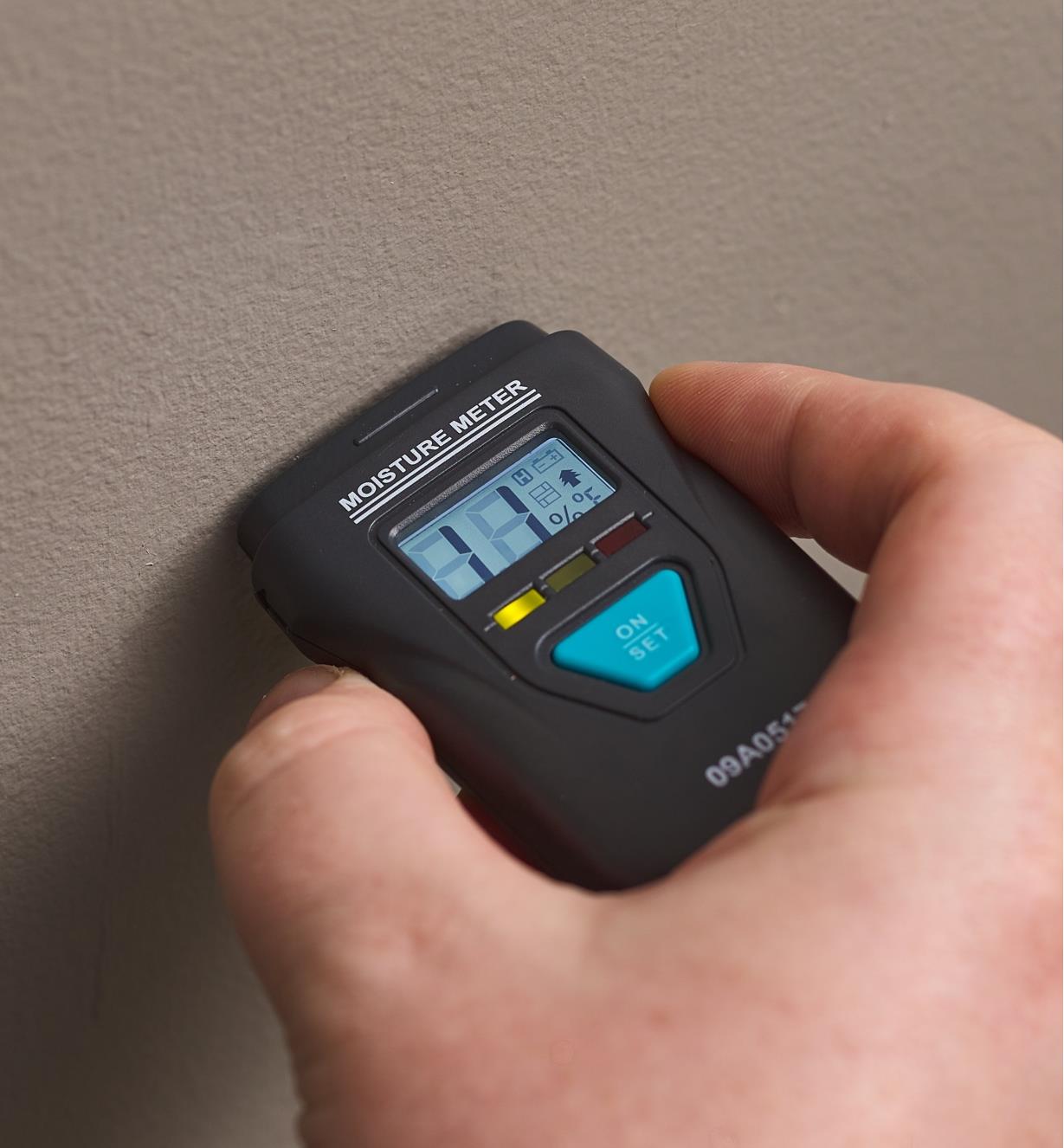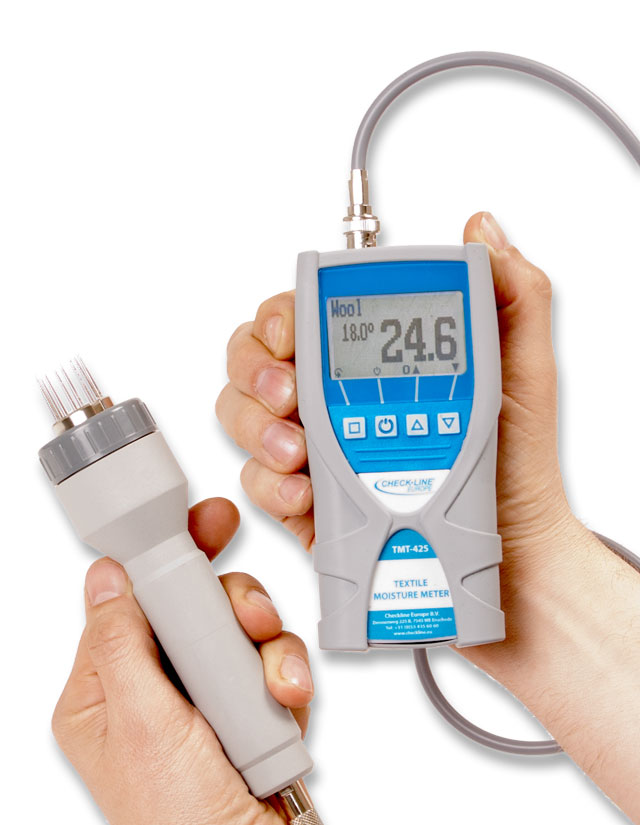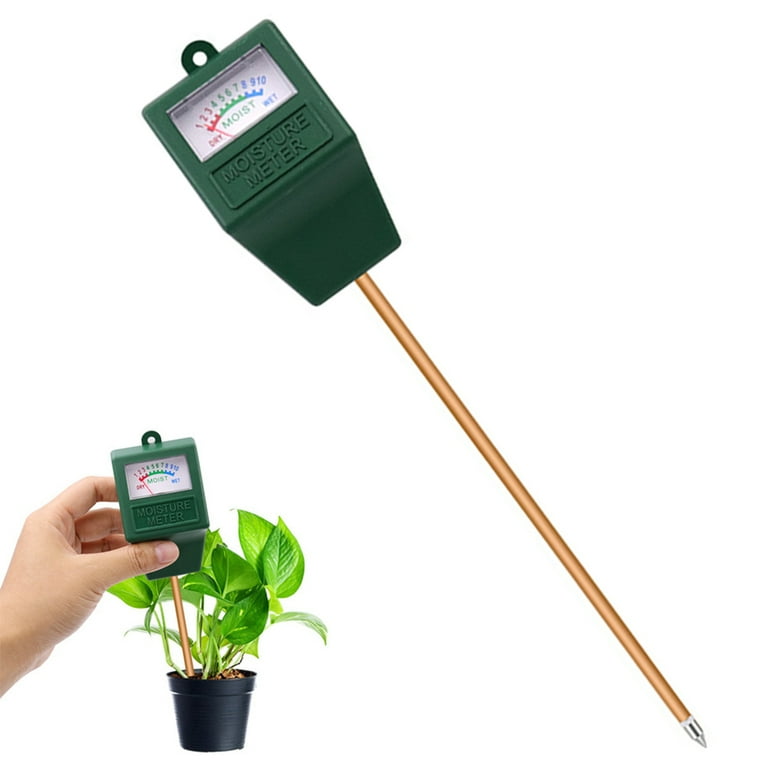Recognizing the Relevance of a Moisture Meter in Avoiding Mold and Water Damage in your house
In the realm of home maintenance, the existence of dampness can often be a silent yet powerful opponent, qualified of creating pervasive mold development and dangerous water damages if left unchecked. Comprehending the relevance of a dampness meter in this fight is not just an option but a tactical requirement.
Importance of Moisture Discovery
Efficient wetness detection approaches are crucial for protecting properties and preventing potential mold growth and water damage. Moisture can permeate into various structure materials, causing architectural concerns and carcinogen. By utilizing a dampness meter, building owners can proactively determine areas prone to excess wetness, enabling prompt intervention and reduction approaches.
Moisture meters supply exact analyses of wetness levels in various products such as drywall, concrete, and timber. This data helps in pinpointing locations of problem, also in hard-to-reach or covert areas. Early detection of dampness build-up enables prompt fixings or changes to protect against additional damage.

Just How Moisture Meters Job
Wetness meters play a critical function in the proactive recognition of excess wetness, assisting in the prevention of potential mold and mildew growth and water damages by giving exact readings of dampness levels in numerous structure materials. These tools work based upon different principles, depending on their kind. Moisture Meter. Pin-type moisture meters, as an example, have two pins that penetrate the material to gauge the electrical resistance in between them. When wetness is present, it improves the product's conductivity, causing a reduced resistance reading. Pinless dampness meters, on the various other hand, use electro-magnetic sensors to scan the product without creating damages. These sensing units send out electromagnetic signals that permeate the product and gauge the dielectric properties, suggesting dampness content. Some progressed moisture meters integrate both pin and pinless technologies for detailed moisture discovery. Recognizing how moisture meters function is important for exact and timely wetness degree assessments, allowing efficient preventative measures against mold and mildew and water damages.
Detecting Early Indication
Upon preliminary inspection of a residential property, recognizing subtle signs of excess moisture comes to be essential in the very early discovery of potential mold development and water damages. Water stains can signal leaks or infiltration, while peeling paint or wallpaper may be a result of wetness endangering the adhesion of these materials to the surface. Furthermore, a rise in allergy signs or breathing concerns amongst owners may suggest the existence of mold and mildew due to excess wetness.
Preventing Mold And Mildew Development
Recognizing very early caution indications of excess dampness within a residential property not just enables timely detection of possible mold and mildew growth and water damage however likewise offers as a positive step in avoiding the proliferation of mold and mildew. To efficiently prevent mold growth, it is vital to address any type of sources of wetness promptly.
Keeping track of wetness degrees in areas vulnerable to dampness, such as basements and visit this page crawl areas, utilizing a wetness meter can likewise aid in early detection of elevated moisture degrees and potential mold and mildew growth - Moisture Meter. By taking aggressive procedures to stop excess dampness and mold growth, house owners can secure their residential or commercial property and indoor air top quality.
Advantages of Routine Tracking
Regular surveillance of wetness degrees in a home can play a crucial duty in maintaining a healthy interior setting and avoiding possible mold and water damage. By frequently checking wetness degrees, homeowners can spot any type of issues immediately and take needed activities to protect against mold development and water damages.
In addition, normal monitoring enables home owners to track patterns and fads in dampness degrees gradually. By developing a standard and surveillance adjustments, individuals can identify any kind of locations of concern or possible susceptabilities in the building's framework. This data-driven approach makes it possible for targeted treatments and upkeep initiatives to attend to underlying problems before they escalate into more significant troubles. Inevitably, the regular monitoring of dampness degrees empowers house owners to shield their building, secure their health and wellness, and preserve the stability of their indoor setting.

Conclusion

By making use of a wetness meter, residential or commercial property owners can check my source proactively determine areas vulnerable to excess moisture, enabling for prompt intervention and mitigation approaches.

Monitoring moisture degrees in locations vulnerable to wetness, such as cellars and crawl rooms, using a moisture meter can also aid in early detection of raised wetness levels and potential mold growth. (Moisture Meter)